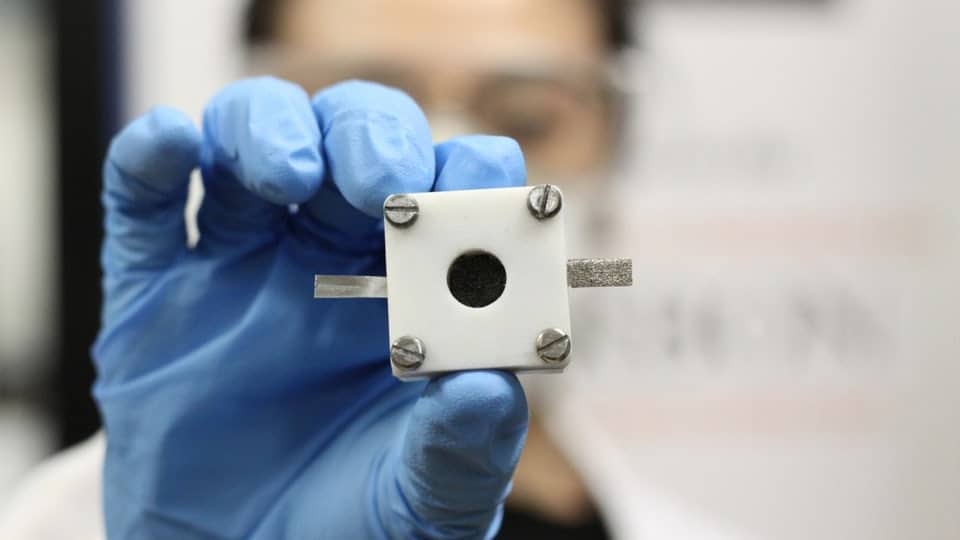2017 has been a big year in terms of electric commodities. Electric vehicles have had major breakthroughs. The first electric semi truck was unveiled and it already has a rival. The world’s largest battery was set up as well as the first electric cargo ship started hauling cargo. We will take a look at the biggest battery breakthroughs of the year.
Safety:
Safety is the most important feature. We recently saw the case of exploding phones. What use is a battery if the user is not safe while handling it. There have been major breakthroughs in the field as batteries now come with embedded chips that track voltage and temperature and indicate when these things go beyond the recommended value.
Researchers were also looking to make the batteries from materials that would be able to cool themselves or are less flammable. University of Maryland scientists came up with a saltwater electrolyte back in 2015 that minimized the risk of fire but only had a maximum voltage of 3 V.
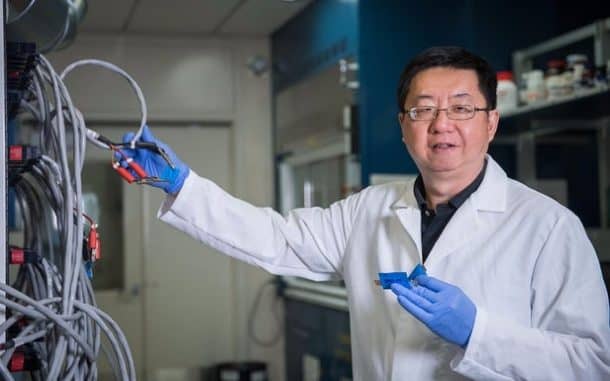
Now researchers were able to push up the voltage to 4 V which make these batteries suitable for electronics like laptops as well. The researchers are now working to increase their number of cycles from 100 to more than 500 to give them a boost in the competitive market.
Shorter Charging Times:
One thing people hate is having their device plugged into the wall socket all the time. This goes for both smartphones as well as electric cars. People want the maximum use of their smartphone on a minimum amount of charging time and maximum mileage in their electric vehicles at a small charging time.
Toshiba announced the next generation of its Super Charge ion Battery (SCiB0) back in October. This uses a new material for the anode called titanium niobium oxide, which is able to store lithium ions more efficiently, doubling the energy density. It is expected to be available for commercial applications in 2019, and will triple the range of electric vehicles on just a 6-minute charge.
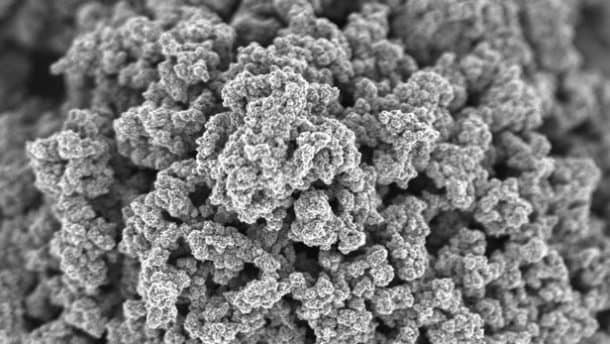
Samsung is also working on batteries of its own and we saw how it plans to use graphene balls technology to cut down charging time to just 12 minutes while increasing capacity by 45% and maintaining stable temperatures.
Capacity:
We already know about the world’s largest battery powered by Tesla. Scientists are now focusing their research on how to increase the battery capacity for devices we use daily like our smartphones and other electronic gadgets.
The scientists at Rice University discovered byproducts of charging called dendrites. These microscopic lithium fibers build up on the anodes and spread like a rash, hindering battery performance and eventually causing it to short-circuit.
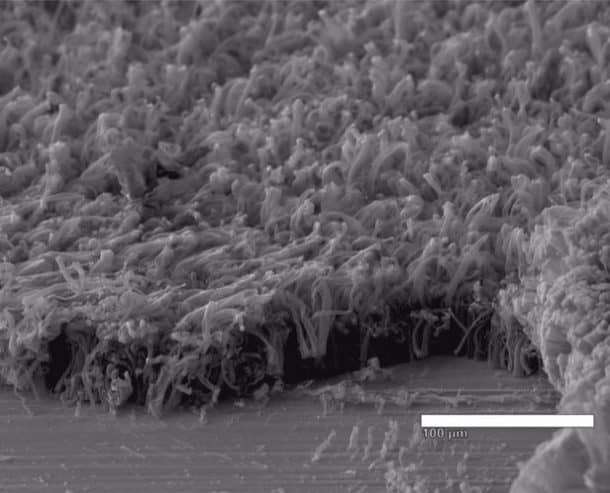
The team made a battery prototype by growing a 2-D graphene sheet on a metal combined with carbon nanotubes as the anode. This provides a lot of space for particles to slip in and out but completely prevents the dendrites from growing.
In testing, the team found its anode material was capable of a lithium storage capacity of 3,351 milliamp hours per gram, which is close to pure lithium’s theoretical maximum of 3,860 milliamp hours per gram and 10 times that of standard lithium-ion batteries.
Environment-Friendly:
2017 has not only been a year for technological breakthroughs but the general awareness about protecting the environment has also increased and this has led to the production of batteries that are not harming the environment.
Silicon sawdust was used By Japan’s universities of Tohoku and Osaka. The sawdust was pulverized and converted into porous nanoflakes which were coated with carbon to make a new kind of battery anode.
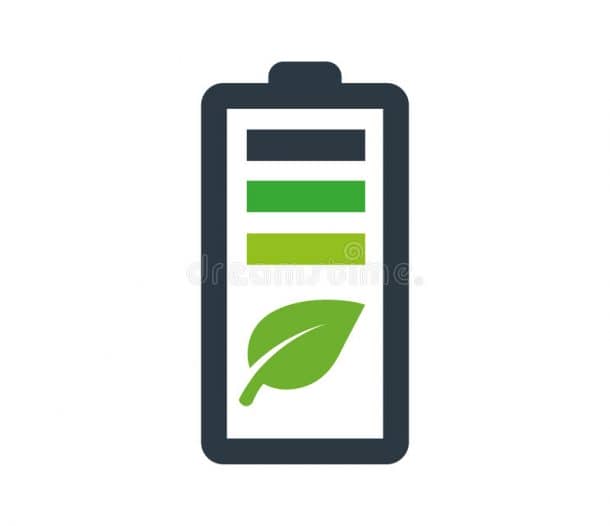
The resulting lithium-ion battery not only featured recycled materials, it also achieved a constant capacity of 1,200 mAh/g (milliamp hours per gram) over 800 cycles. The team claims this to be 3.3 times greater than that of a conventional graphite anode.
These are the fields in which there have been major battery breakthroughs in 2017 but we can expect even further developments in the years to come.

